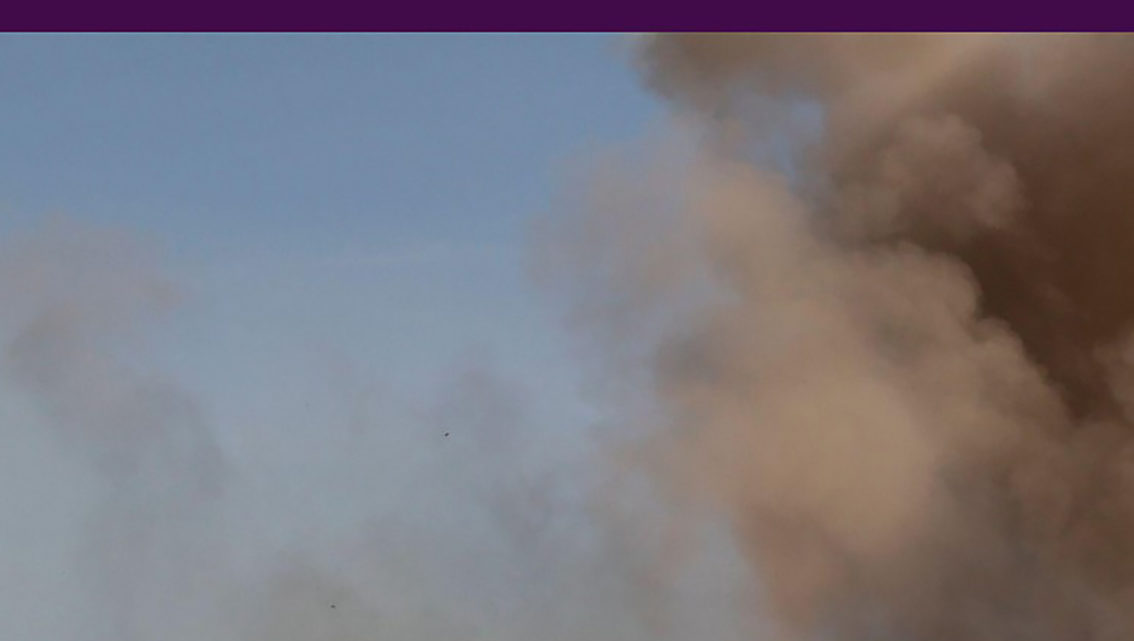Source: RUSI (Royal United Services Institute) – By Mykhaylo Zabrodskyi, Dr Jack Watling , Oleksandr V Danylyuk and Nick Reynolds – Preliminary Lessons in Conventional Warfighting from Russia’s Invasion of Ukraine: February–July 2022
(…) The full-scale invasion of Ukraine on 24 February 2022 has provided an invaluable opportunity to assess the capabilities of the Armed Forces of the Russian Federation (AFRF) and the implications of a range of capabilities for modern warfare. Many publicly made judgements on these issues have lacked supporting data or insight into Ukrainian operational planning and decision-making. To ensure that those drawing lessons from the conflict do so from a solid foundation, this report seeks to outline key lessons, based on the operational data accumulated by the Ukrainian General Staff, from the fighting between February and July 2022. As the underlying source material for much of this report cannot yet be made public, this should be understood as testimony rather than as an academic study. Given the requirements for operational security, it is necessarily incomplete. (…)
Beyond assessments of the Russian armed forces, there are significant lessons to be drawn from the conflict for the British and other NATO militaries. The foremost of these are: (…)
There is no sanctuary in modern warfare. The enemy can strike throughout operational depth. Survivability depends on dispersing ammunitions stocks, command and control, maintenance areas and aircraft. Ukraine successfully evaded Russia’s initial wave of strikes by dispersing its arsenals, aircraft and air defences. Conversely, the Russians succeeded in engaging 75% of static defence sites in the first 48 hours of the war. Nor is setting up a headquarters in a civilian building sufficient to make it survivable. The British Army must consider the vulnerability of higher-echelon enablement. The RAF must consider how many deployable spares kits it has to enable dispersion of its fleets.
Warfighting demands large initial stockpiles and significant slack capacity. Despite the prominence of anti-tank guided weapons in the public narrative, Ukraine blunted Russia’s attempt to seize Kyiv using massed fires from two artillery brigades. The difference in numbers between Russian and Ukrainian artillery was not as significant at the beginning of the conflict, with just over a 2:1 advantage: 2,433 barrel artillery systems against 1,176; and 3,547 multiple-launch rocket systems against 1,680. Ukraine maintained artillery parity for the first month and a half and then began to run low on munitions so that, by June, the AFRF had a 10:1 advantage in volume of fire. Evidently, no country in NATO, other than the US, has sufficient initial weapons stocks for warfighting or the industrial capacity to sustain largescale operations. This must be rectified if deterrence is to be credible and is equally a problem for the RAF and Royal Navy.
Uncrewed aerial systems (UAS) and counter-UAS (CUAS) are essential across all branches and at all echelons. Although critical to competitiveness by providing situational awareness, 90% of UAS employed are lost. For the most part, UAS must be cheap and attritable. For land forces, they must be organic to units for the purposes of both situational awareness and target acquisition. The primary means of CUAS is EW. Another critical tactical requirement is to be alerted to the presence of UAS. For the Royal Navy, CUAS is critical for protecting vessels operating beyond the protection of a task force. For the RAF, the provision of look-down sensing to locate UAS to contribute to air defence is critical. This allows defensive resources to be prioritised on the right axes.
The force must fight for the right to precision. Precision is not only vastly more efficient in the effects it delivers but also allows the force to reduce its logistics tail and thereby makes it more survivable. Precision weapons, however, are scarce and can be defeated by EW. To enable kill chains to function at the speed of relevance, EW for attack, protection and direction finding is a critical element of modern combined arms operations. Sequencing fires to disrupt EW and create windows of opportunity for precision effects is critical and creates training requirements. In modern warfare, the electromagnetic spectrum is unlikely to be denied, but it is continually disrupted, and forces must endeavour to gain advantage within it. (…)
READ FULL INTRODUCTION TO THE REPORT >>> https://rusi.org/explore-our-research/publications/special-resources/preliminary-lessons-conventional-warfighting-russias-invasion-ukraine-february-july-2022
DOWNLOAD REPORT >>> https://static.rusi.org/359-SR-Ukraine-Preliminary-Lessons-Feb-July-2022-web-final.pdf
Photo : Ukrainian servicemen fire a BM-21 Grad multiple rocket launch system, Luhansk Region, Ukraine, April 2022. Courtesy of Reuters / Serhii Nuzhnenko / Alamy Stock Photo © as published by RUSI, ibid












